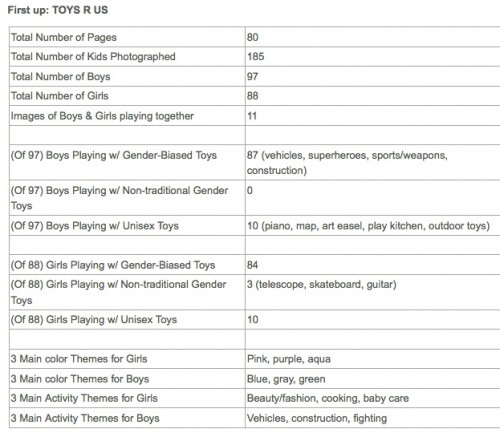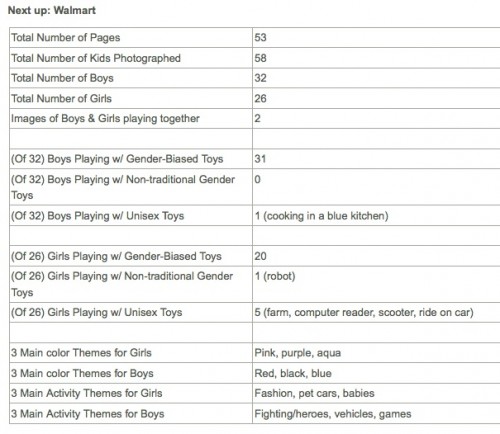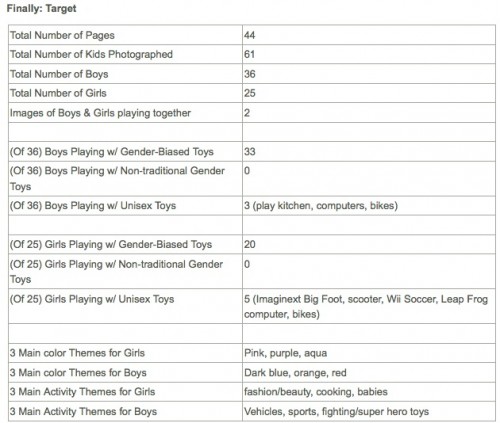Wakeboarding Santa in Hamburg, Germany (courtesy of The Big Picture):
Christmas Across Cultures
- Christmas Cultures
- Santa’s Evil Side Kick
- Black Pete (NSFW; trigger warning for images of blackface)
- Politics and the Rockefeller Center Christmas Tree
- The Pagan Roots of Christianity
On Discourse:
Racializing Christmas
- New York Times Gift Guide for People of Color
- Black Pete (NSFW; trigger warning for images of blackface)
- Holiday in the Hood
- The Hazards of Historical Amnesia
Gift Guides and the Social Construction of Gender
- Gender, Technology, and Toys ‘R Us
- Gift Giving with Gender Stereotypes
- More Gender Gift Giving and Advertising
- Another Gendered Gift Guide
- Or, you could just buy her a clothesline
Sexifiying Christmas
Christmas Marketing
Lisa Wade, PhD is an Associate Professor at Tulane University. She is the author of American Hookup, a book about college sexual culture; a textbook about gender; and a forthcoming introductory text: Terrible Magnificent Sociology. You can follow her on Twitter and Instagram.


































